Once, there was a time when everyone avoided high-resolution images and videos for websites because of how they affected performance. However, modern devices have come a long way, as your average smartphone and desktop can handle an incredible amount of interactive and visual-heavy content.
Queue the rise of the background video. Yes, many site designs now incorporate animated videos and content on the background of a site. But videos and moving visuals — like high-quality GIFs — are not meant to be just accent pieces. They can be the focus too. In fact, if you don’t have one or two videos on your website, you’re not doing it right.
Just because you can, doesn’t mean you should though. So, why feature videos? Here are five reasons:
They Promote Personality
You might believe company videos to be promotional. While they can be, that’s not the only form of video you can host on your website to showcase your brand’s reputation and personality.
You can deploy a wide variety of methods and video types. From talking head and explainer videos to testimonials or story-based content. The idea is to pour everything trait-wise into your video, which exudes your brand mission, values and achievements.
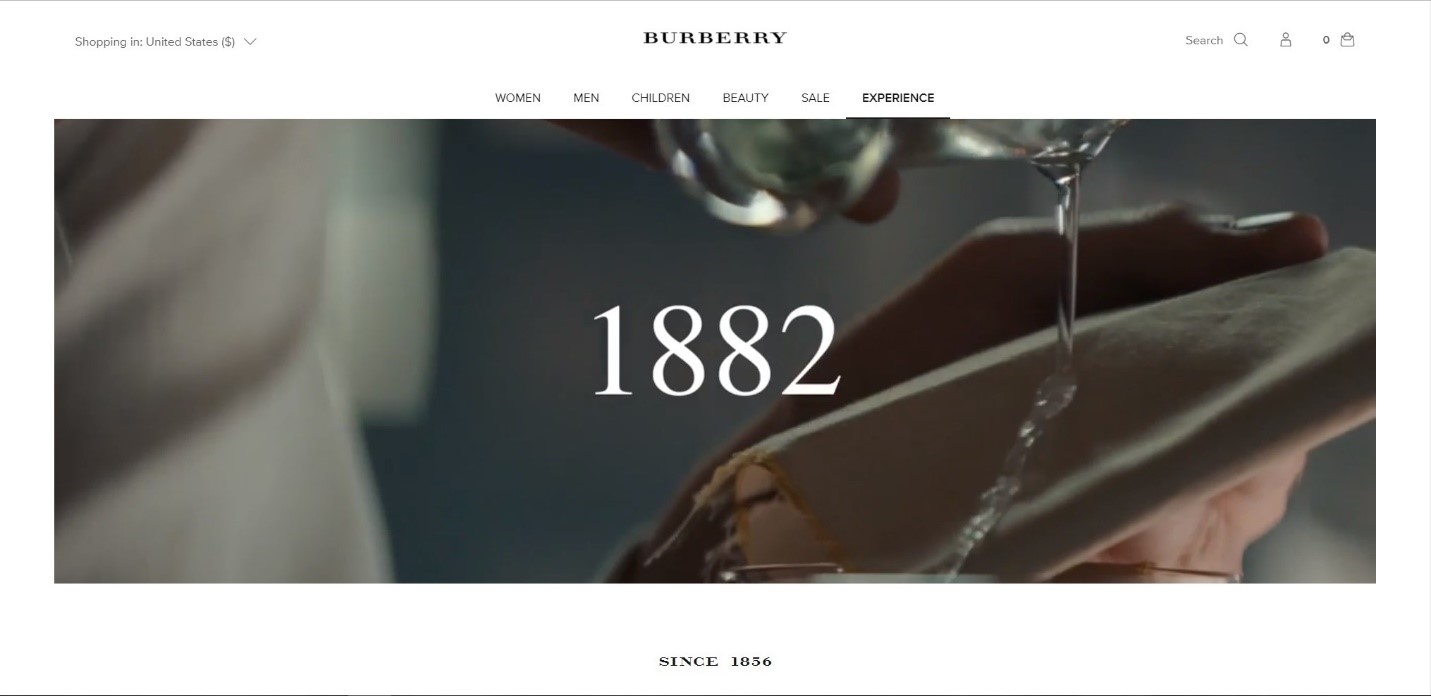
Need some inspiration? Burberry has a fantastic video that details the founding of their brand, which they preview on their website. Of course, it doesn’t hurt that it stars Domhnall Gleeson, Sienna Miller, Dominic West and the fabulous Lily James.
They Meet Consumer Wants
Most people browsing the internet — including your site — have a short attention span. Videos and visual content allow them to get the gist of a message or experience in a shorter amount of time. Watching a two-minute video is more conducive to saving time than reading a 1,000-word article. Not to mention, text just doesn’t have the same appeal, even when you use beautiful typography.
Need some proof? More than a billion unique visitors browse YouTube each month. Furthermore, YouTube reaches more adults in the U.S. between the ages of 18 to 34 than any cable network. More video means more users, which means more engagement and better everything for you — including revenue.
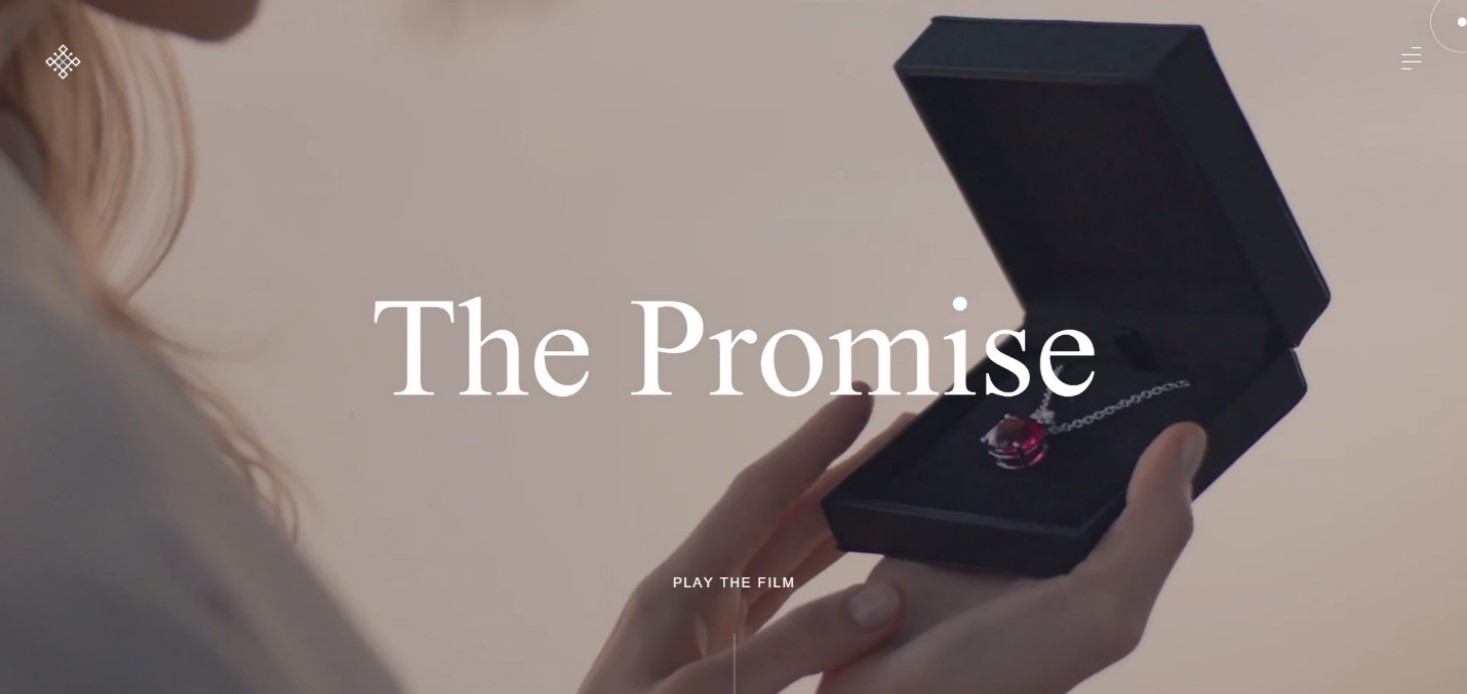
Charly Zenger, a jewelry company, takes a unique approach to this with their website. When viewers arrive a trailer for the short film, “The Promise,” begins playing. It’s engaging, and it conveys the jeweler’s message fast — romance, love and an adventure in a foreign land. Within five seconds, you know what the company is about, and without reading a thing.
They Relate to Audiences
You already know consumers want video, and they want quick, concise experiences they can bite-off in smaller increments, which supports the idea that audiences relate better to visual content. It also provides you with an opportunity to speak their language. Web copy can be engaging, but it requires a professional tone. Videos, on the other hand, can be different and unique.
If you’re catering to an older audience, for instance, you can use a tone and vocabulary that they’d relate to and understand. And you do the same when talking to younger audiences. Slack did a great job of this with their recent, “so yeah, we tried Slack…,” campaign. Be sure to check it out for some inspiration and guidance.
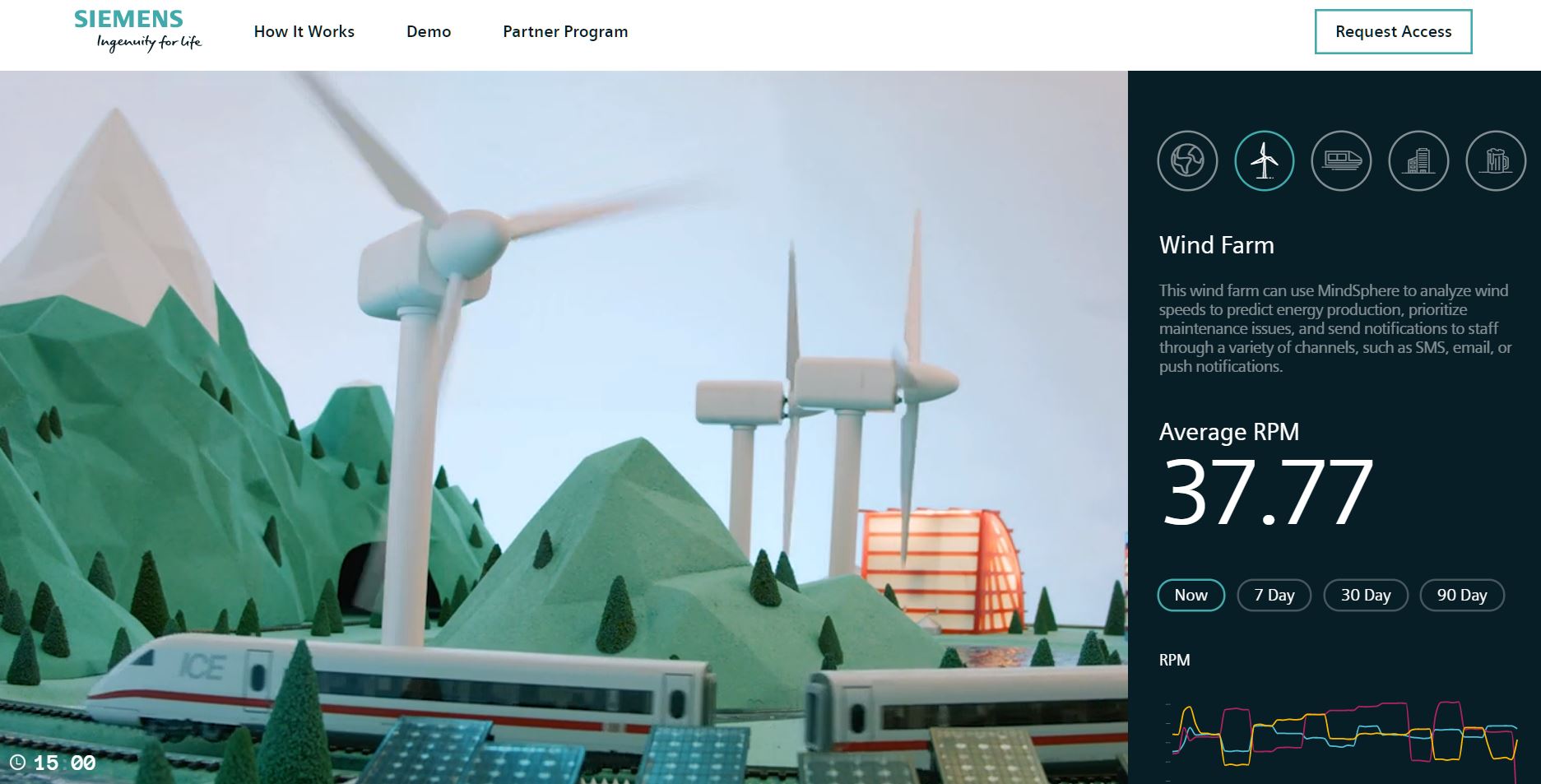
Want to see another example of videos with a relatable tone? The Siemens Mindsphere IO page, which is where you can see how their system and technologies work, and what benefits they have to offer. Even if you don’t have a connection to the wind farm and natural power industry, you can understand what they’re discussing.
They Humanize Your Brand
Professional language and marketing speak that’s regurgitated through text can come off robotic and bland. Even photos portraying your employees or personnel using your products can come off looking like staged scenes.
Videos, on the other hand, offer a more personal experience. By using real people in your videos — such as users trying out your product or service for the first time — you are relating what it’s like to your audience. Plus, you’re putting a face or personality to your brand.
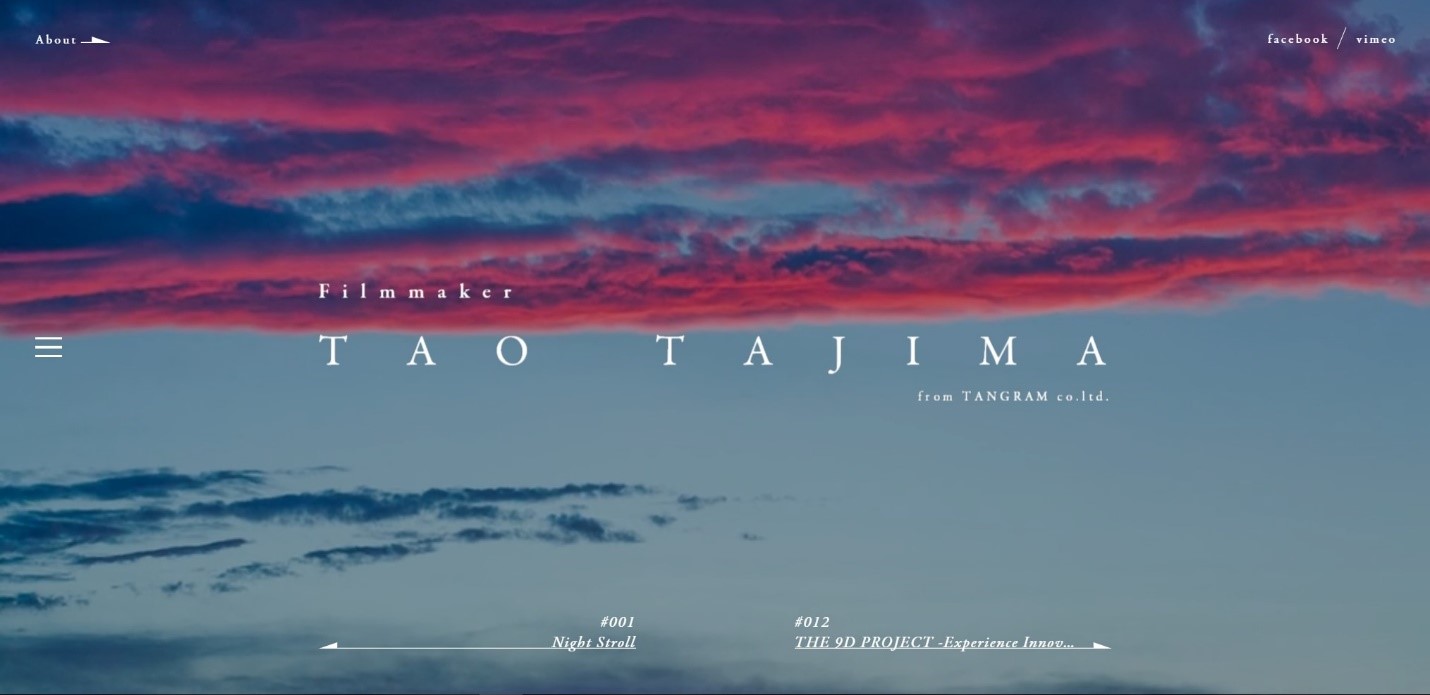
Adding music, visual effects, lighting and more can improve the personality of your video. Airbnb is the crowned king of this strategy in their YouTube marketing campaign. But if you want to see it in action on a website, filmmaker Tao Tajima is the ideal inspiration. You get a feel for their talent and filmmaking vision by watching the demo reel on their homepage.
They Stand Out
Admit it. You remember websites with video. Everyone uses images, but only a few add videos — until now at least. When you’re in a competitive field, such as graphic design, jewelry or filmmaking, you need to separate yourself from the competition.
With the benefits of video, you can give your website an edge that makes viewers do a double take, and maybe even hit that “Contact” button to begin working with you.
When it comes to video, when deployed right, it can bring you a lot of success by improving the design and engagement ratings on your site. Consumers want to see visual content, even on mobile. That’s an incredible distinction, considering that the buzzword, “content is king,” still reigns.
What is content, though? While once images, it’s now becoming video. From short films to explainer videos, viewers want moving content that’s engaging and concise. So, get ready to head back from the drawing board, and take the examples above as inspiration for creating and uploading videos to your website.

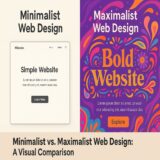



 6 Must-Follow SEO Tips For Every WordPress Photoblogger
6 Must-Follow SEO Tips For Every WordPress Photoblogger  Designing a Small Business Website: 5 Services to Use
Designing a Small Business Website: 5 Services to Use 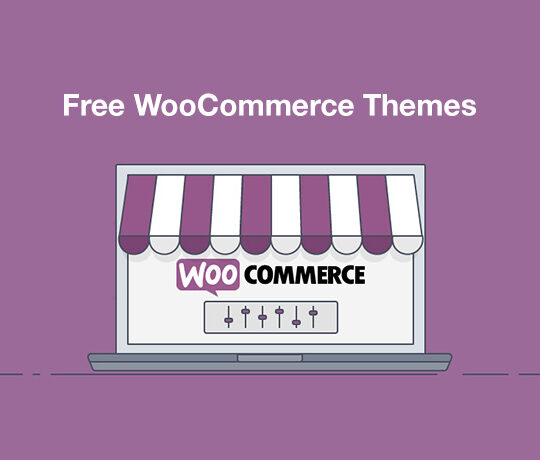 Top 16 Free WooCommerce Themes
Top 16 Free WooCommerce Themes 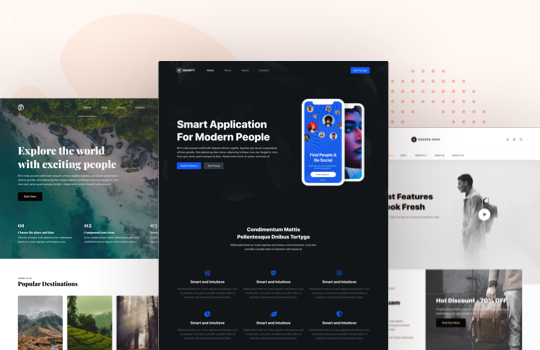 Top 25 Free WordPress themes from 2020
Top 25 Free WordPress themes from 2020  10 Latest e-Commerce Trends to Watch Out for in 2020
10 Latest e-Commerce Trends to Watch Out for in 2020